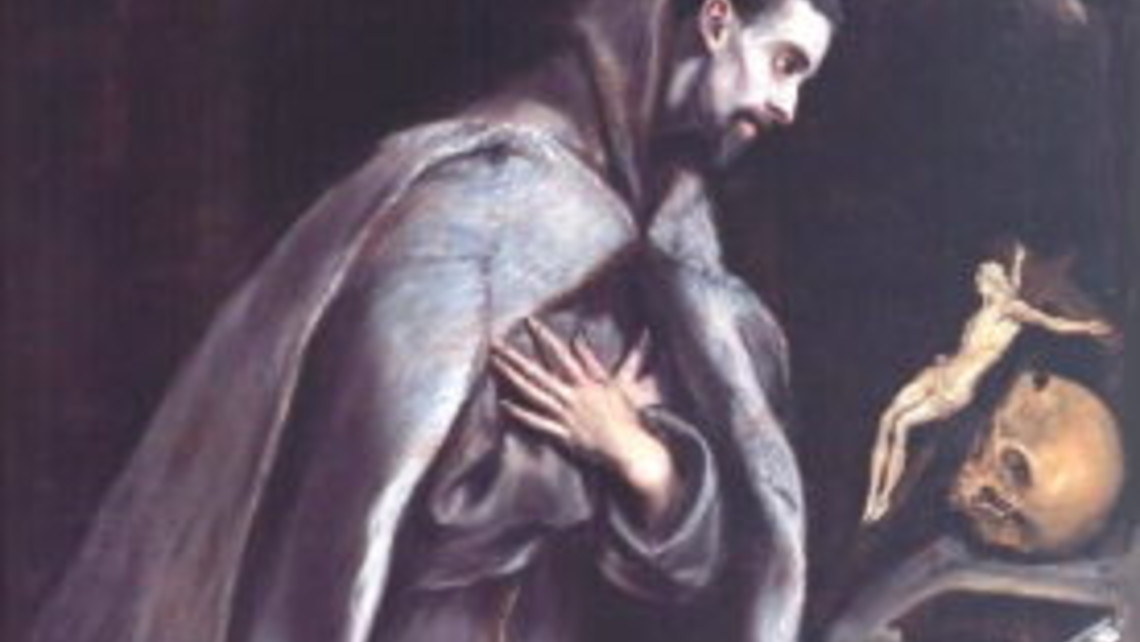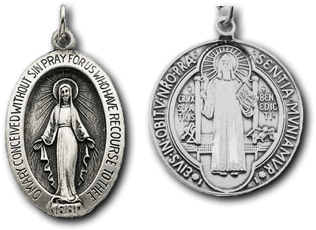WHY ARE SAINTS SOMETIMES PICTURED WITH SKULLS?

Questions?
Why are saints sometimes pictured with skulls? Does that mean they are preoccupied with death? There sure seems to be an awful lot of that in old art.
Answer!
Yes, indeed, skulls make frequent appearances in Christian art, even today. I can understand your question about this practice; because, putting skulls everywhere can seem kind of morbid – especially for those of us who live in a secular, consumer society which systematically avoids thinking about the deeper truths like death and what happens after death.
A Healthy Skull
When Christian art depicts skulls near a saint, it symbolizes the saint’s wisdom and prudence. The skull represents, vividly and compellingly, human mortality. We are all going to die, and death may come at any time. Keeping this fundamental truth in mind helps us live each day more meaningfully. Instead of storing up riches and over-indulging in pleasures, we choose to live for the mission Christ has given us, for spreading his Kingdom and deepening our relationship with God. That Kingdom and that relationship will endure beyond death, so investing in them is the wise thing to do. The saints have their priorities straight. They are living “in the light of eternity”, as an ancient phrase puts it. The skull, far from indicating a morbid preoccupation with death, is a symbol of the wisdom that comes from living in the light of the truths that Jesus revealed to us; it helps us live each day to the full because it reminds us of the bigger picture.
Wisdom in Action
Skulls aren’t just artistic symbols, however. Through the centuries many saints, canonized and non-canonized, have kept close to them some kind of reminder of their mortality. It may have been a real skull, or it may have been something else – flowers, since they fade so quickly, have been used in this way; a little sculpture of a skull or a picture of a skull sometimes was enough; Pope Alexander VIII even had the great baroque artist, Bernini, sculpt a mini, marble coffin for him when he was chosen as pope. He kept this on his desk to remind him that he would some day pass away and have to give an account to the Lord about how he lived his papal ministry. St. Elizabeth of Hungary used to use a simple coffin as a container for all the goods and riches she would gather and give away to the poor. This reminded her of the passing nature of earthly things.
Memento Mori
In our tradition of Catholic spirituality, these types of practices are referred to as memento mori, a Latin phrase that means “remembrance of death” or “remembrance of mortality.” The practice of receiving ashes on Ash Wednesday is one of these. And, in general, taking time to reflect on our mortality has proven to be a powerful and healthy impetus for spiritual growth. St. Ignatius of Loyola’s Spiritual Exercises include a meditation on death as a central contemplation during the First Week. And every time we pray the Hail Mary, we finish with a prayer that reminds us that our earthly journey will indeed come to an end, sooner or later.
I thank you for your question because it has given all of us an opportunity to reflect on one of the realities that can help inoculate us against some of the secularist sicknesses polluting our present culture.
God bless you!
In Him, Fr John,
spiritualdirection.com




